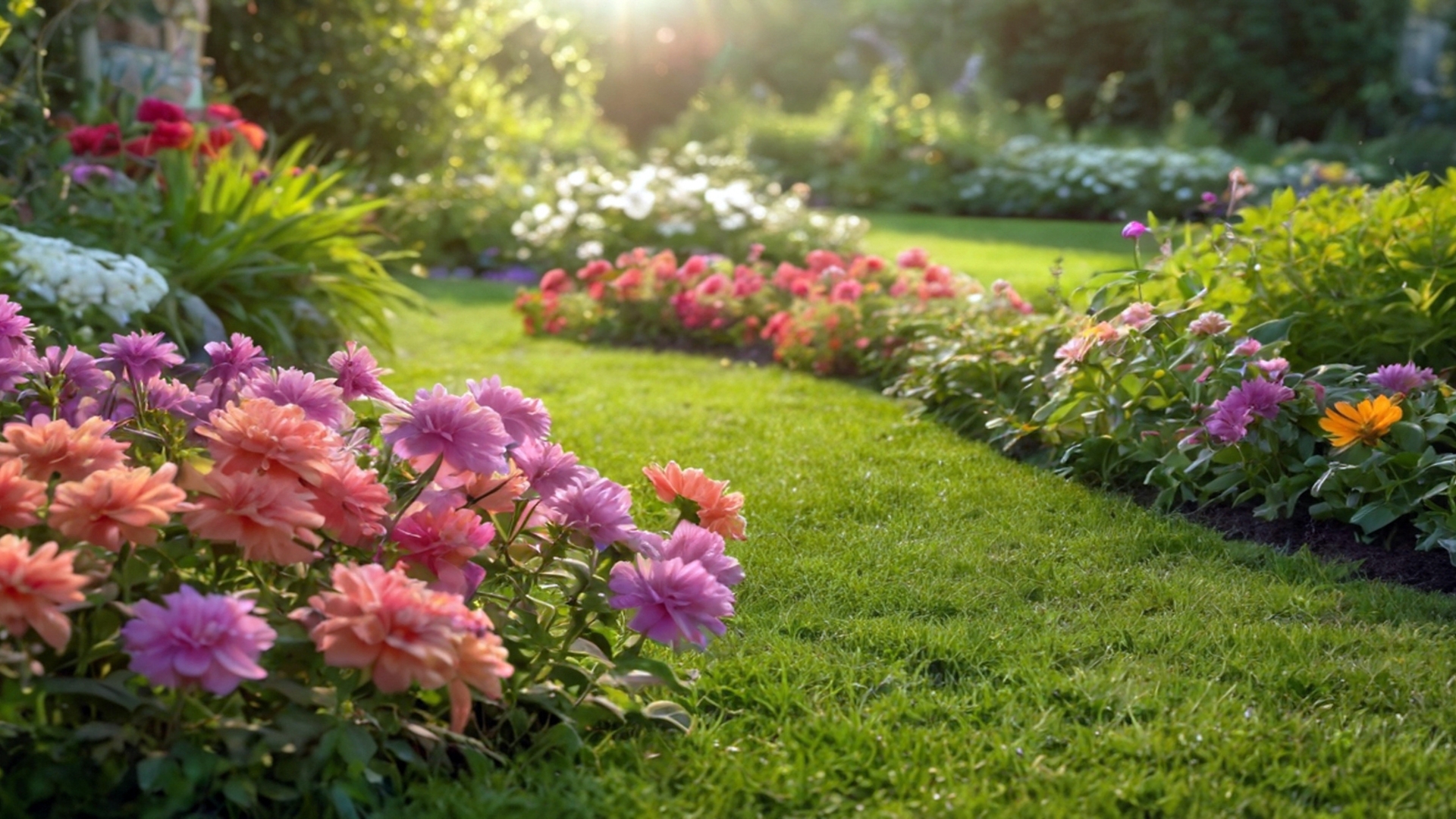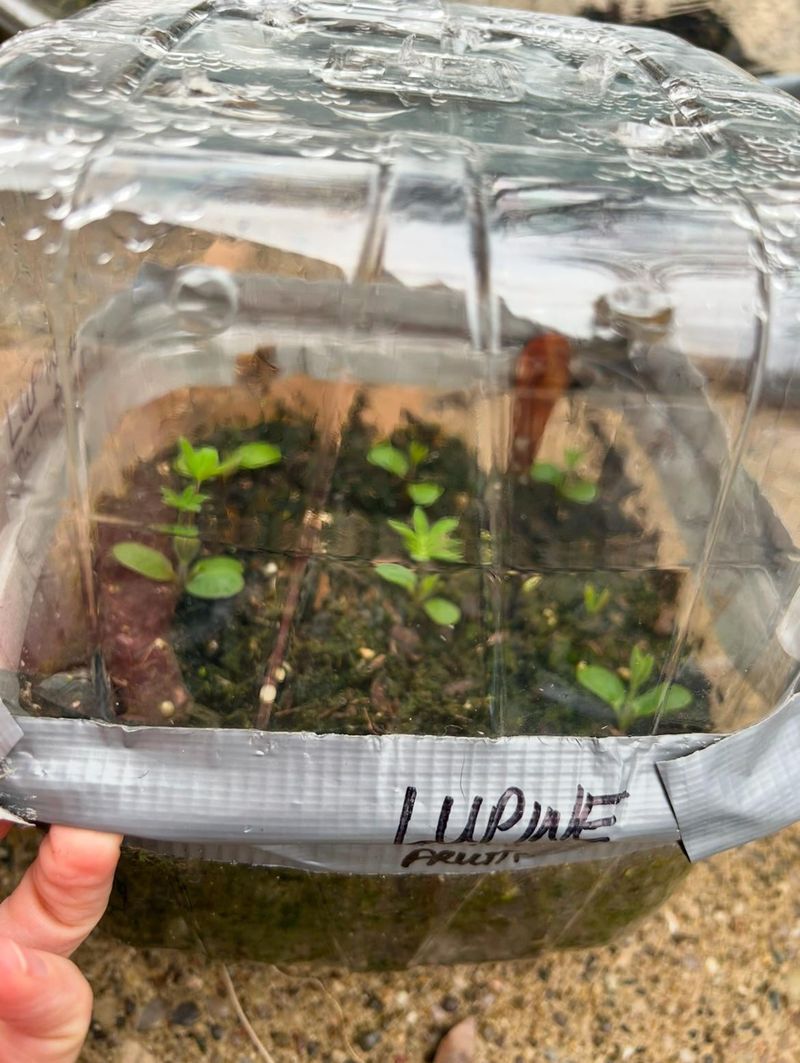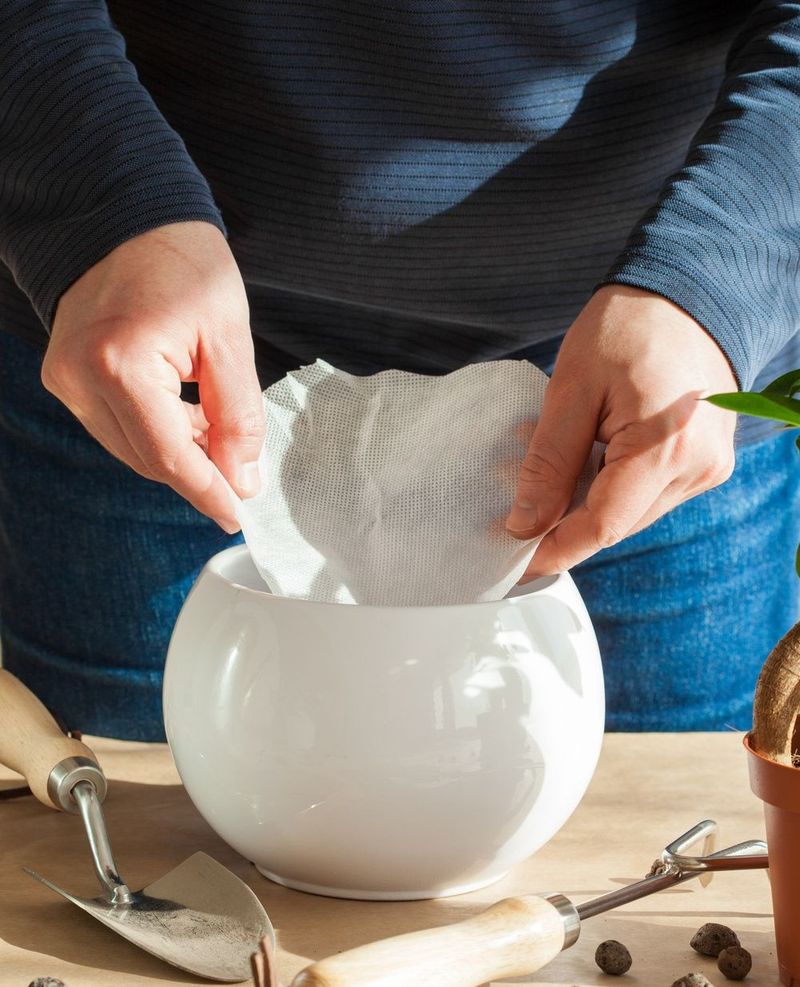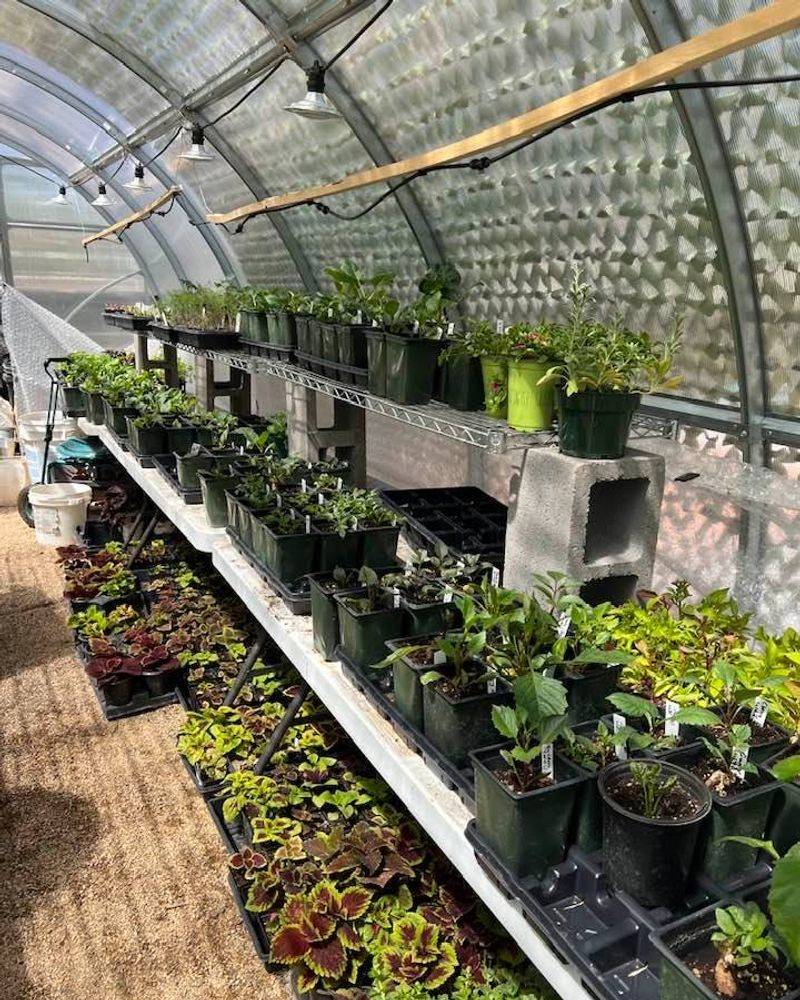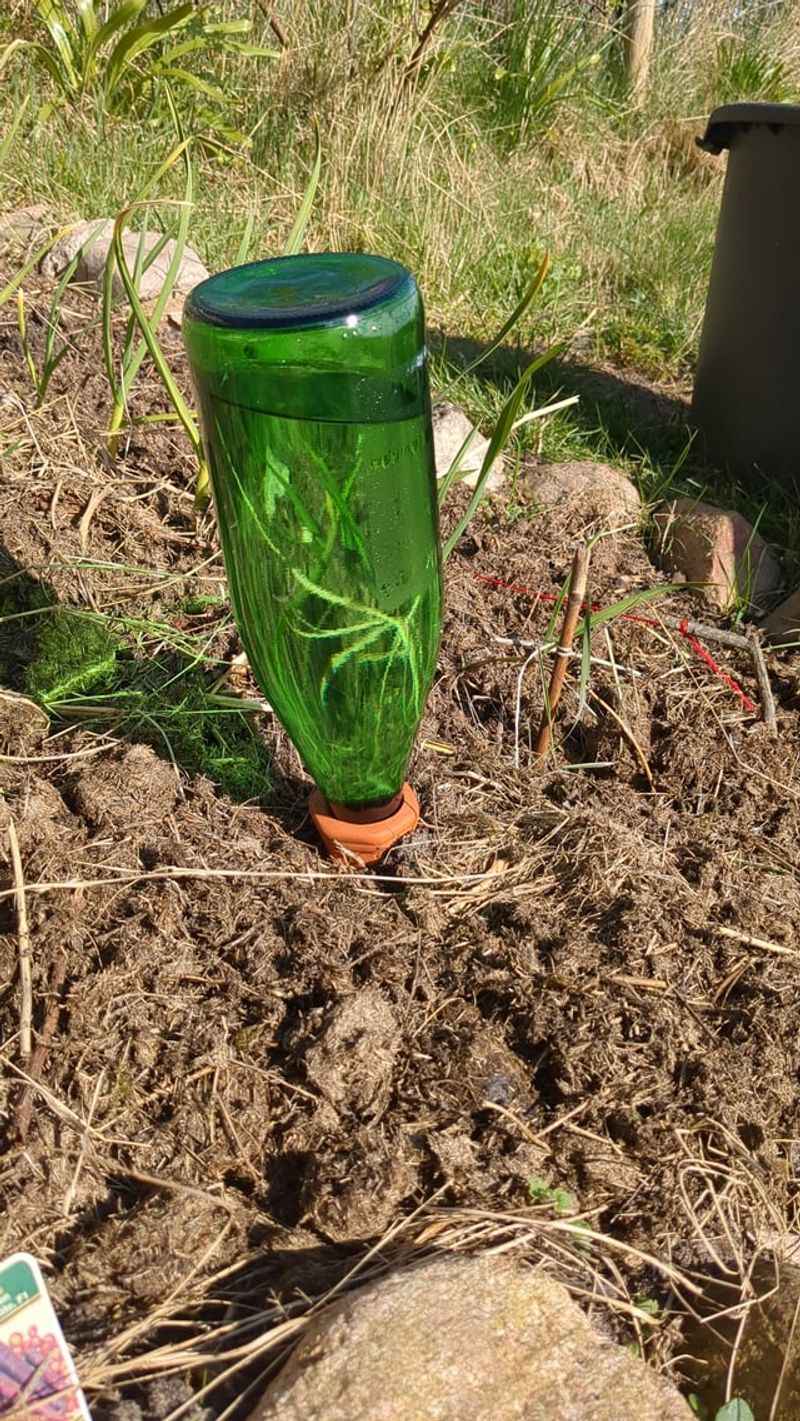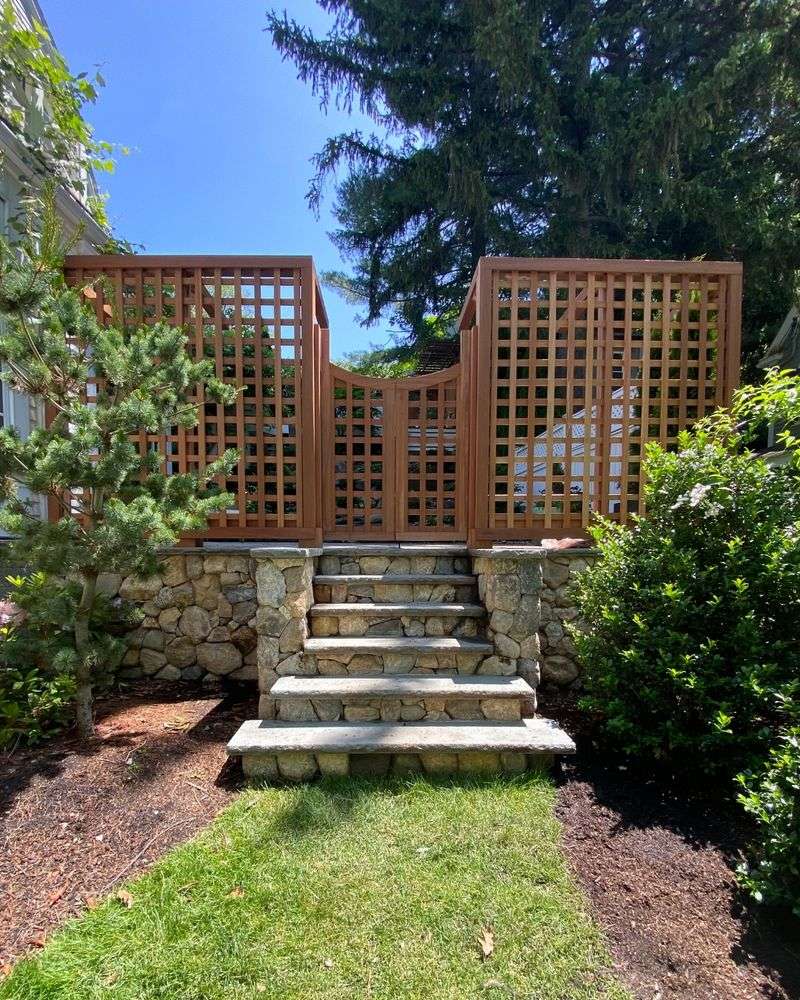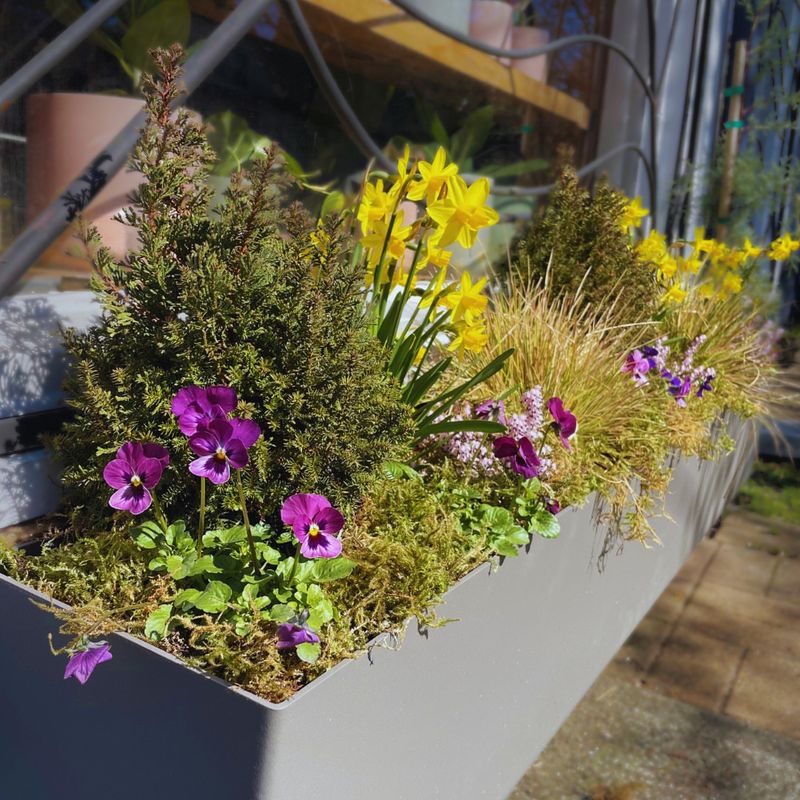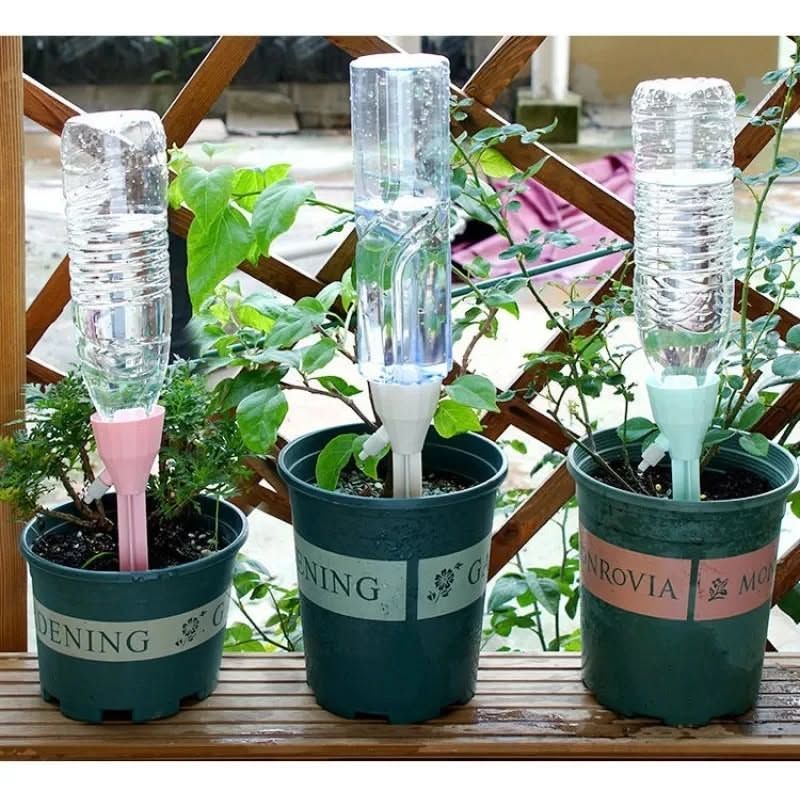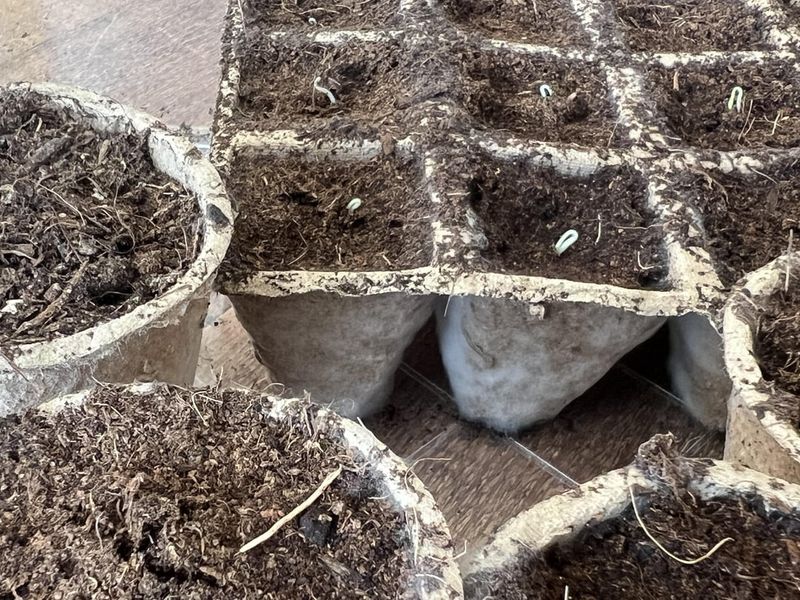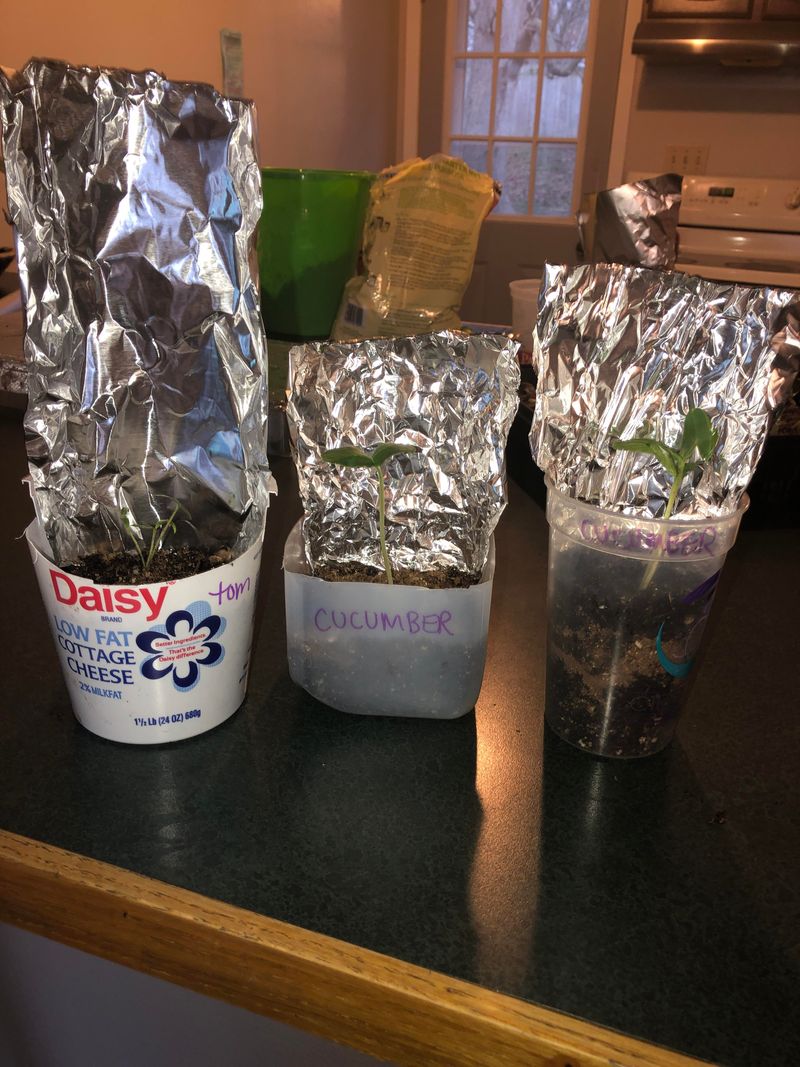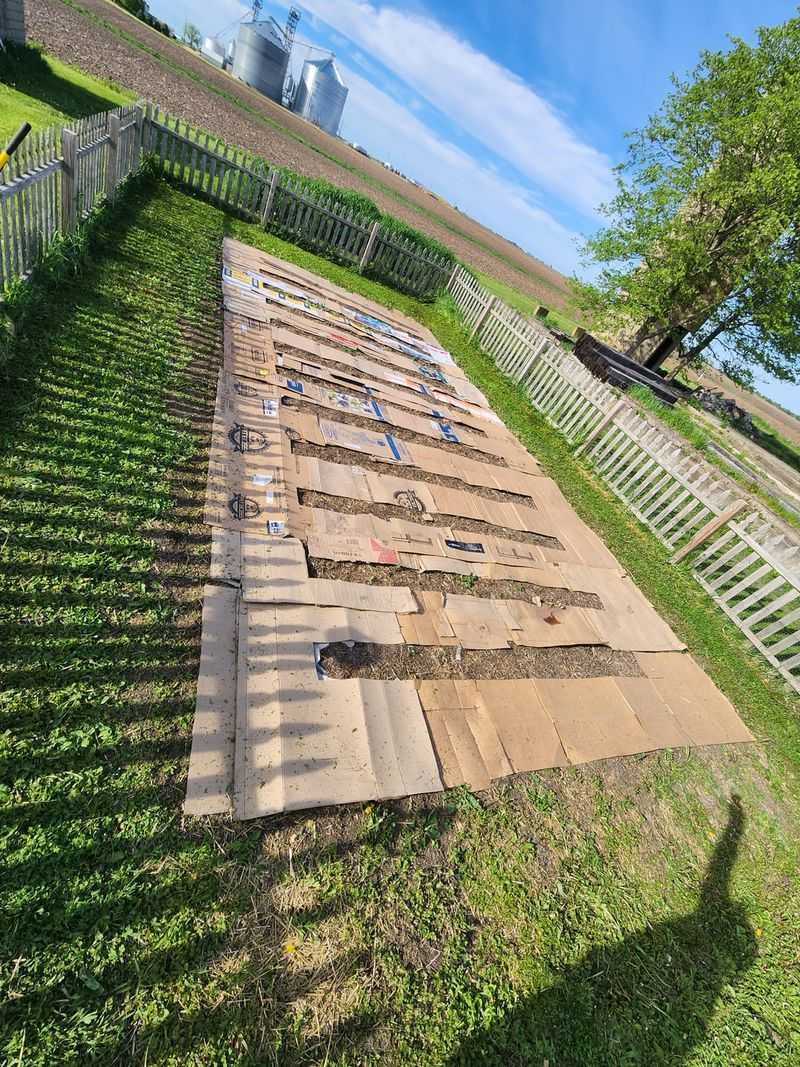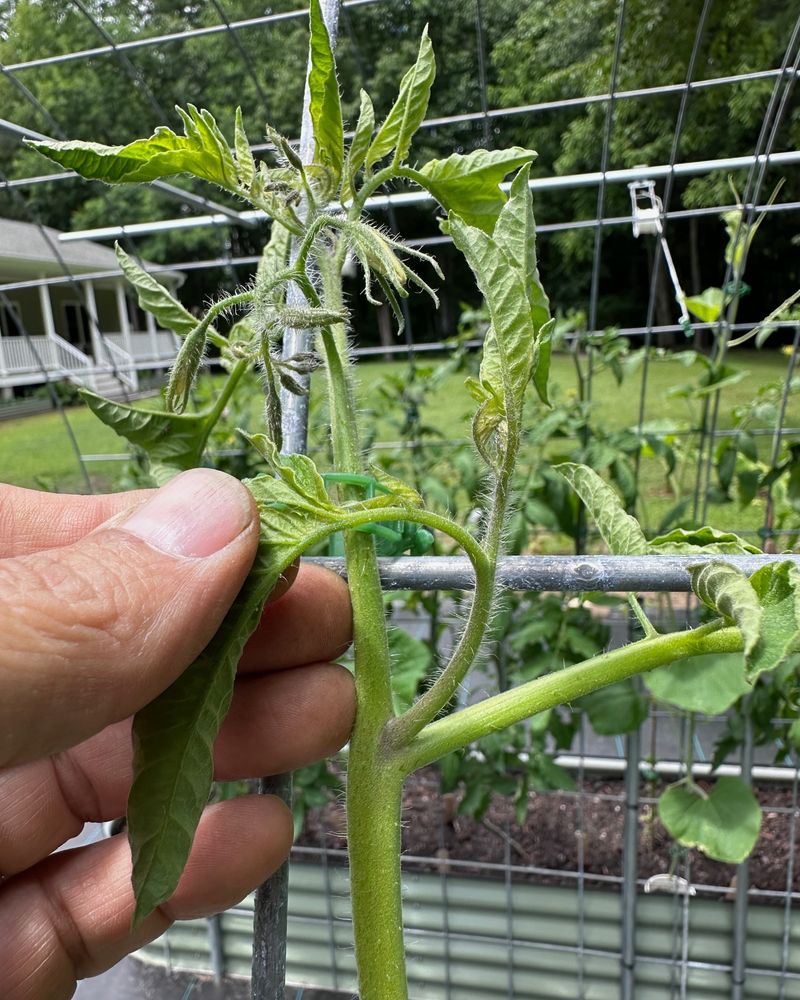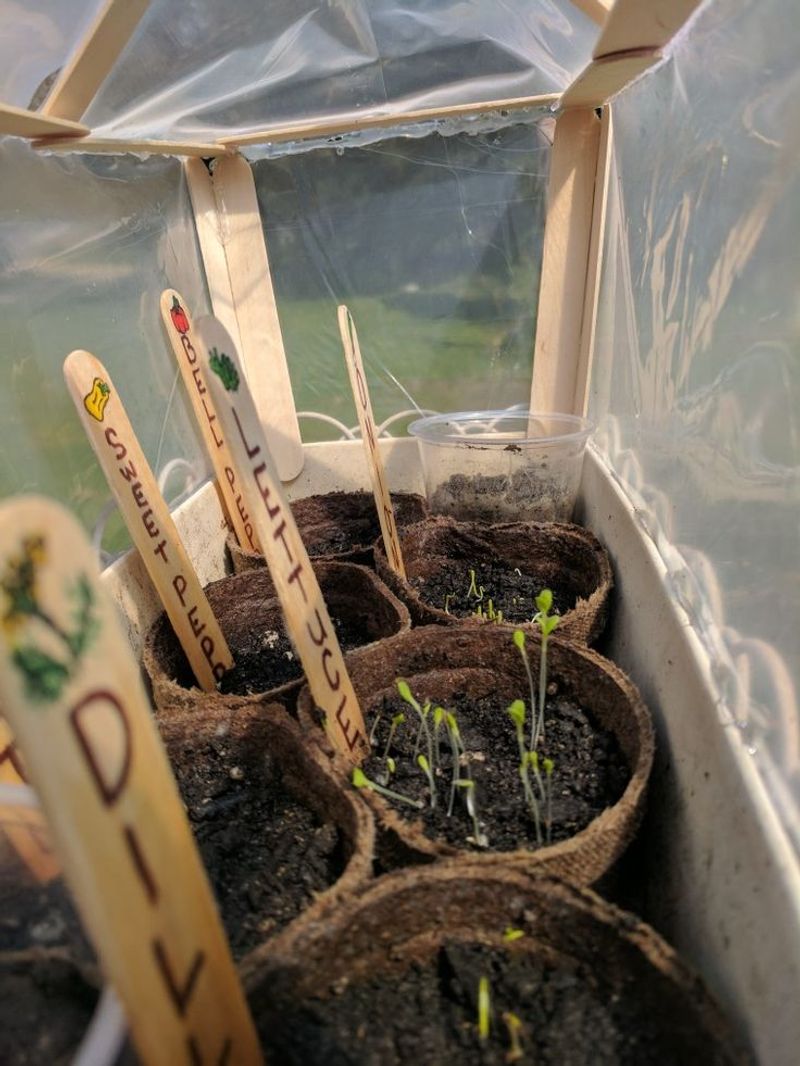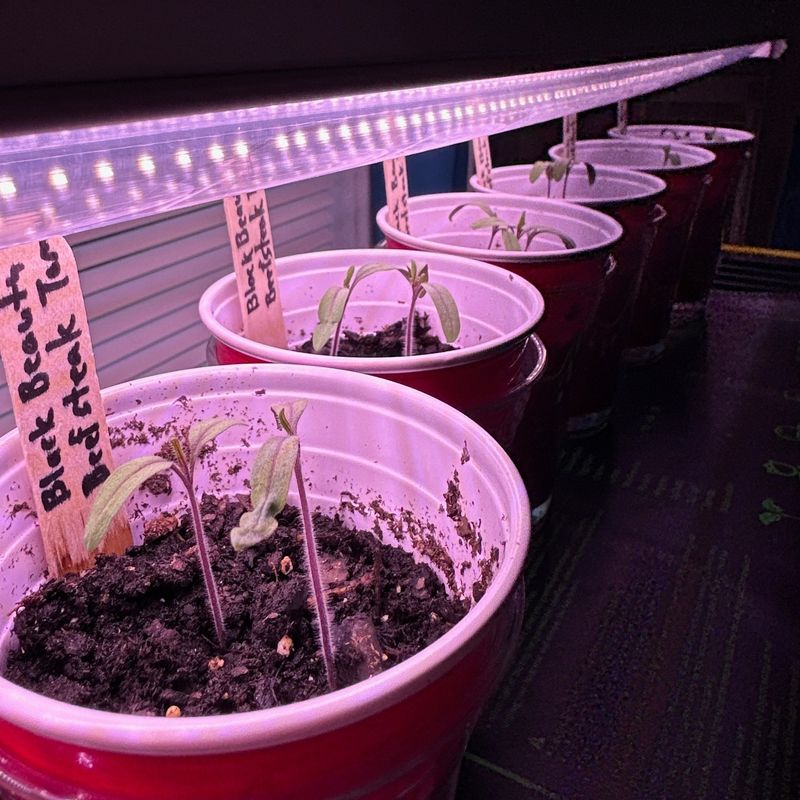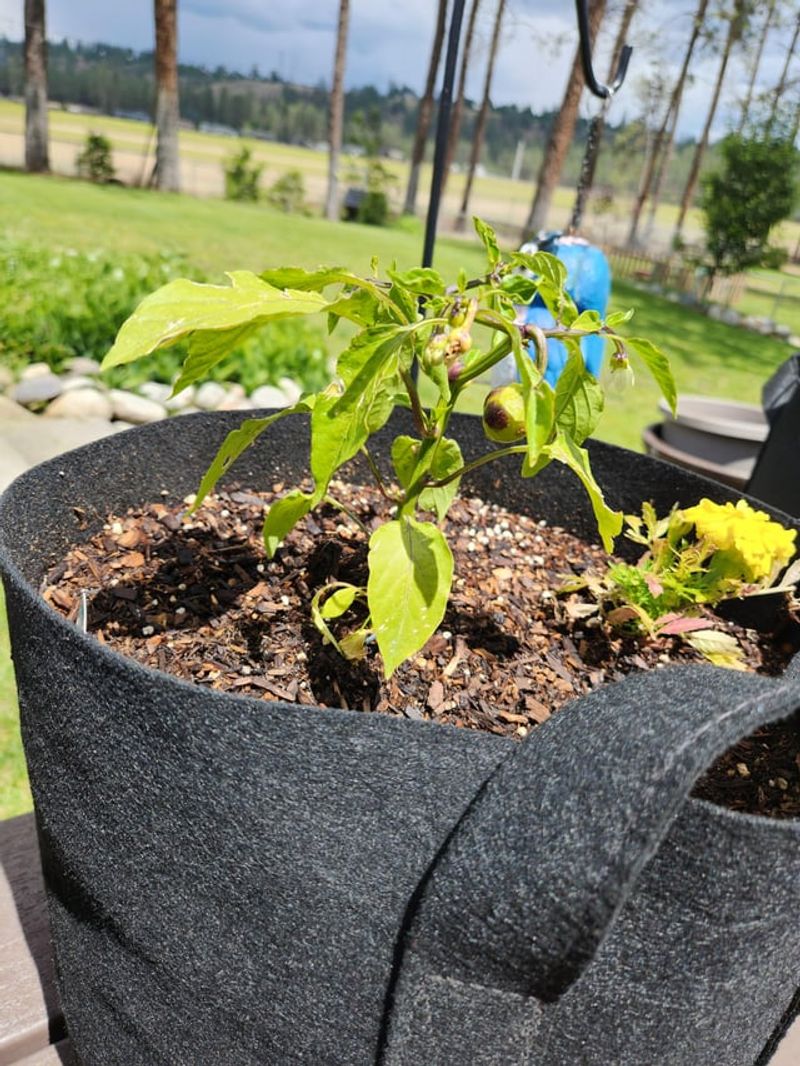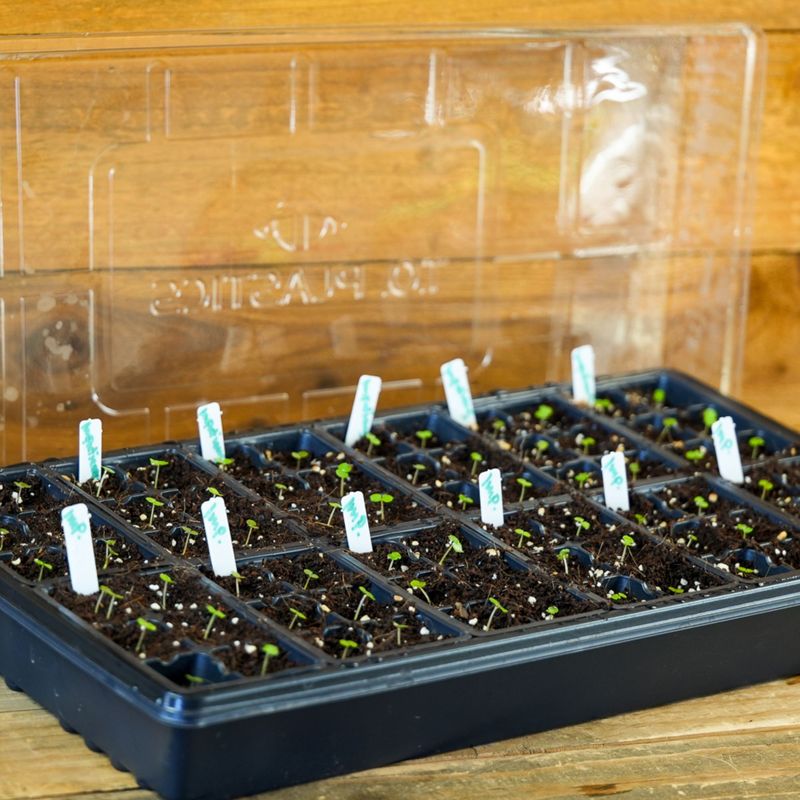Summer wilting used to feel like a losing battle for me—until I got creative with things I already had around the house. From simple hacks to clever tricks, these everyday items can help keep your plants happy and hydrated when the heat hits.
I was surprised how easy and affordable it is to protect thirsty plants without fancy gadgets. Plus, it feels great to find new uses for stuff that might’ve ended up in the trash.
If you want your garden to thrive all summer, these tips will make a real difference.
1. Milk Jugs as Mini-Greenhouses
Cut the bottom off plastic milk jugs and place them over smaller plants during the hottest part of the day. These makeshift covers create a humid microclimate while still allowing some airflow through the open top.
For extra protection, poke a few small holes in the sides. Remove them in the evening to prevent overheating and condensation problems overnight. This recycled solution works wonders for delicate seedlings and newly transplanted plants.
2. Coffee Filters for Moisture Retention
Place a coffee filter at the bottom of your pot before adding soil. The filter acts as a moisture-retaining barrier while still allowing excess water to drain through. This simple trick keeps soil from drying out too quickly.
You can also lay filters on top of the soil around plant stems to reduce evaporation from the surface. The paper breaks down naturally over time, adding a bit of organic matter to your soil as a bonus.
3. Bubble Wrap Insulation
Wrap bubble wrap around plant pots to insulate them from extreme heat. The air pockets create a buffer zone that keeps roots cooler during hot days, preventing the soil from heating up too quickly.
Secure with twine or rubber bands for a neat finish. This works especially well for dark-colored containers that tend to absorb heat. For potted plants on balconies or patios, this simple hack can make a world of difference during heatwaves.
4. Wine Bottle Drip Irrigation
Fill an empty wine bottle with water, quickly flip it upside down, and push the neck a few inches into the soil near your plants. The water will slowly seep out as the soil dries, providing consistent moisture without overwatering.
For longer-lasting irrigation, drill a small hole in the bottle cap before inserting. This DIY drip system is perfect for container gardens or individual plants that need extra attention during hot spells.
5. Cardboard Shade Screens
Cut cardboard boxes into panels and position them to cast shade on sensitive plants during peak sun hours. Prop them up with garden stakes or rocks to create temporary sun barriers that can be moved as needed throughout the day.
Paint the cardboard white to reflect even more heat. This quick fix is perfect for protecting newly planted vegetables or flowers that haven’t yet developed heat tolerance, giving them a fighting chance during unexpected hot spells.
6. Old Bedsheets as Sun Shields
Drape lightweight old bedsheets over garden hoops or stakes to create instant shade during the hottest part of the day. The fabric allows some light through while blocking the harshest rays that cause wilting.
Secure the corners with rocks or clothespins to prevent them from blowing away. Remove the sheets in the evening to allow plants to breathe and recover overnight. This method works wonderfully for larger garden areas that need temporary protection.
7. Soda Bottle Plant Waterers
Poke small holes in plastic soda bottle caps, fill the bottles with water, and bury them cap-side down next to thirsty plants. The water slowly seeps out directly to the root zone where it’s needed most.
For larger plants, use 2-liter bottles. For smaller ones, 20-ounce bottles work perfectly. This method delivers water efficiently without runoff or evaporation, making it ideal for garden beds during hot, dry spells when you can’t water as frequently.
8. Egg Carton Mulch
Tear cardboard egg cartons into pieces and spread them around plants as biodegradable mulch. The cardboard retains moisture in the soil while gradually breaking down to add organic matter.
Water thoroughly after applying to help the cartons stay in place. This eco-friendly solution keeps soil temperatures more stable and reduces water evaporation during hot days. Plus, it’s a great way to recycle something you might otherwise throw away.
9. Aluminum Foil Light Reflectors
Place strips of aluminum foil on the ground between plant rows, shiny side up. The foil reflects light back onto plants, reducing the soil temperature while still providing adequate light for photosynthesis.
This technique works especially well for plants that need bright light but suffer in intense direct sun. The reflective surface bounces diffused light to lower leaves that might otherwise be shaded, while the soil underneath stays cooler.
10. Newspaper Weed Barrier
Layer several sheets of newspaper around plants and cover with a thin layer of soil or mulch. This creates a weed barrier that also retains soil moisture during hot days, reducing plant stress from competition and dehydration.
Wet the newspaper first so it stays in place. As a bonus, earthworms love breaking down newspaper, improving your soil structure over time. This simple solution addresses multiple summer garden challenges with materials you likely already have.
11. Pantyhose Plant Ties
Cut old pantyhose into strips to create soft, stretchy plant ties that won’t damage stems. These gentle supports help plants stay upright during summer storms or when they become top-heavy from abundant growth.
The elastic nature of pantyhose expands as plants grow, preventing strangulation. Unlike plastic or wire ties, these fabric strips won’t heat up in the sun and burn delicate stems, making them perfect for supporting tomatoes and other heat-sensitive climbing plants.
12. Popsicle Stick Shade Markers
Stick popsicle sticks into the soil on the west side of sensitive seedlings. These small barriers cast afternoon shade exactly when plants need it most, during the hottest part of the day.
Paint the sticks white for even more heat reflection. This micro-shading technique is perfect for protecting newly transplanted seedlings that aren’t yet acclimated to full sun exposure, giving them time to establish without the stress of intense afternoon heat.
13. Styrofoam Cup Plant Protectors
Cut the bottoms off styrofoam cups and place them around the base of young plants. These collars protect tender stems from heat stress at the soil line, where temperatures can fluctuate dramatically.
The white color reflects sunlight, keeping the critical crown area cooler. This simple protection also deters cutworms and creates a microclimate that helps new transplants establish more quickly despite challenging summer conditions.
14. Tea Bag Soil Booster
Bury used tea bags slightly beneath the soil surface around wilting plants. The tea leaves retain moisture while slowly releasing nutrients that help stressed plants recover from heat damage.
For larger areas, open the bags and sprinkle the used tea leaves directly into the soil. The tannic acid in tea can improve soil health and boost plants’ natural defense systems. This recycled solution is especially effective for acid-loving plants like ferns and hydrangeas.
15. Plastic Fork Plant Guards
Stick plastic forks upside down in the soil around delicate plants with the tines pointing upward. This creates a mini protective barrier that prevents larger leaves from touching hot soil while also providing tiny pockets of shade.
The forks disrupt airflow at ground level, reducing evaporation. This unusual hack works surprisingly well for low-growing plants like lettuce and spinach that tend to wilt quickly in summer heat, extending their growing season by several weeks.

